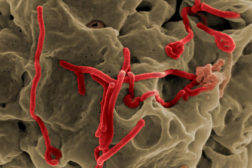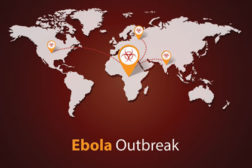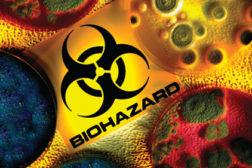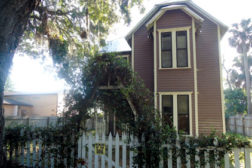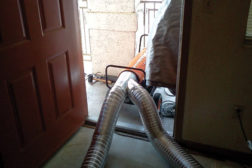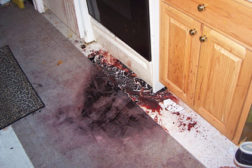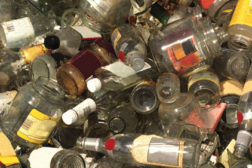Home » biohazard cleanup
Articles Tagged with ''biohazard cleanup''
OSHA has unveiled updated guidelines for cleaning and decontaminating such surfaces in non-healthcare and non-laboratory settings.
Read More
What Bio-Remediation Professionals Can Learn from the Ebola Outbreak
The chance of an Ebola outbreak in the U.S. is slim, but it’s a good reminder for biohazard professionals on the importance of properly dealing with bacteria and viruses.
Read More
A Hidden Industry Issue: Trauma Cleaning and PTSD
The price that your customer pays is the price that you could pay
Read More
ABRA Names New President of the Board of Directors
Andrew Yurchuck has been an ABRA member for 12 years and served on the association’s executive board in 2006 and 2012
October 22, 2013
Stay ahead of the curve with our eNewsletters.
Get the latest industry updates tailored your way.
JOIN TODAY!Copyright ©2025. All Rights Reserved BNP Media.
Design, CMS, Hosting & Web Development :: ePublishing
